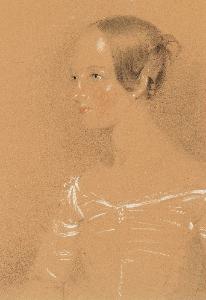Thomas Bock
Thomas Bock
Place: Sutton Coldfield
Born: 1790
Death: 1855
Biography:
Early Life and Conviction
Thomas Bock, a pivotal figure in Australian art, was born in 1790 in Sutton Coldfield, Warwickshire, England. His early life was marked by musical inclinations, as evidenced by his role as a cathedral chorister at Lichfield. However, it was not music but art that would eventually define his legacy. Convicted of administering drugs to abort a fetus, Bock was sentenced to transportation to Van Diemen's Land (now Tasmania) in 1823. This pivotal event would set the stage for his future artistic endeavors.
Artistic Journey in Australia
Upon arrival in Tasmania, Bock's skills as an engraver and lithographer were utilized by the Colonial Secretary's Office. His lithographic talents eventually led to a conditional pardon in 1843, marking a significant turning point in his life. Post-pardon, Bock established a studio in Hobart, where he pioneered daguerreotype photography, becoming one of Australia's earliest commercial photographers. This innovative spirit is highlighted in his artworks on Wikioo.org, showcasing his adaptability and artistic range.
Legacy and Impact
- Portraits of colonists remain a testament to Bock's photographic prowess, offering a glimpse into Australia's formative years.
- His early adoption of daguerreotype photography in Hobart underscores his innovative spirit and contribution to the evolution of Australian art.
- Bock's story serves as a compelling example of redemption through art, inspiring future generations with his resilience and adaptability.
Conclusion
Thomas Bock's life is a fascinating tale of transformation, from conviction to artistic triumph. His legacy, now preserved in the Museum of Tasmania, continues to inspire, reflecting the profound impact of his work on Australian art history. Explore more about Thomas Bock's life and artworks on Wikioo.org, delving into the intricacies of his photographic journey and the lasting impressions he left on the world of art.

